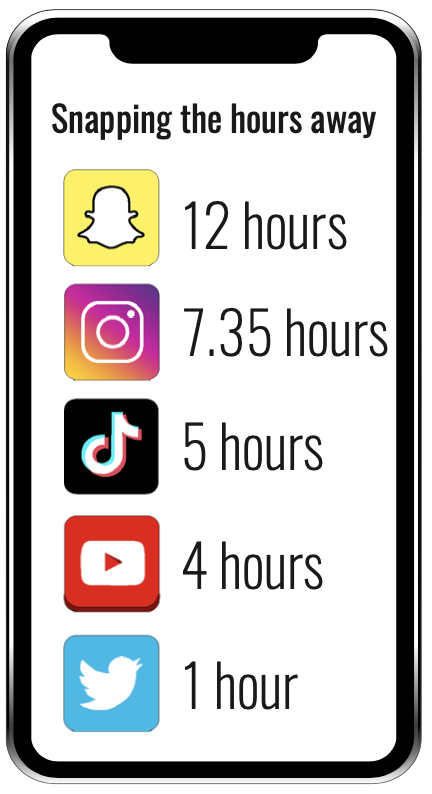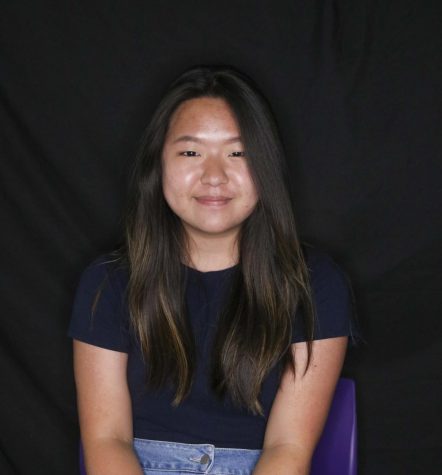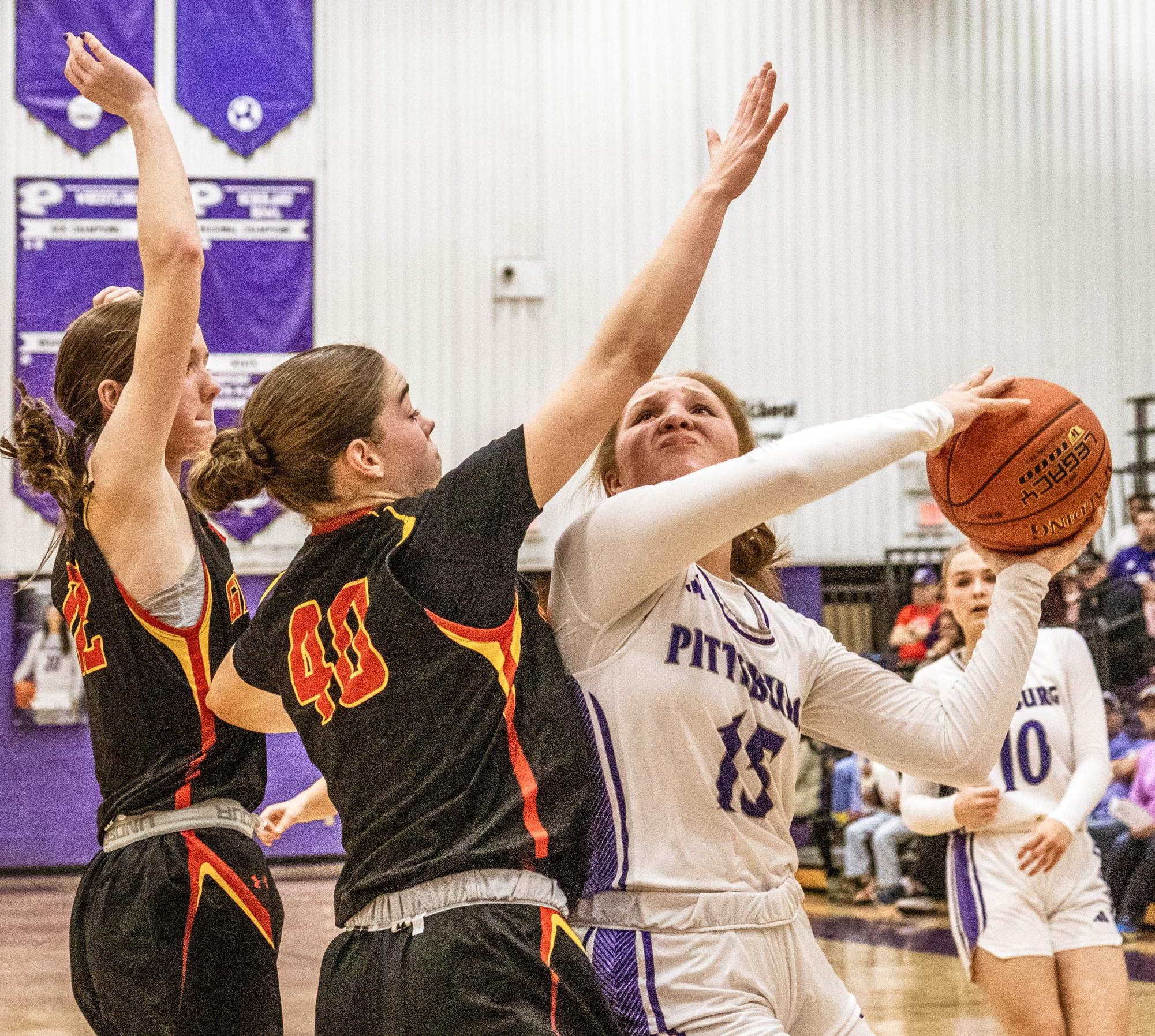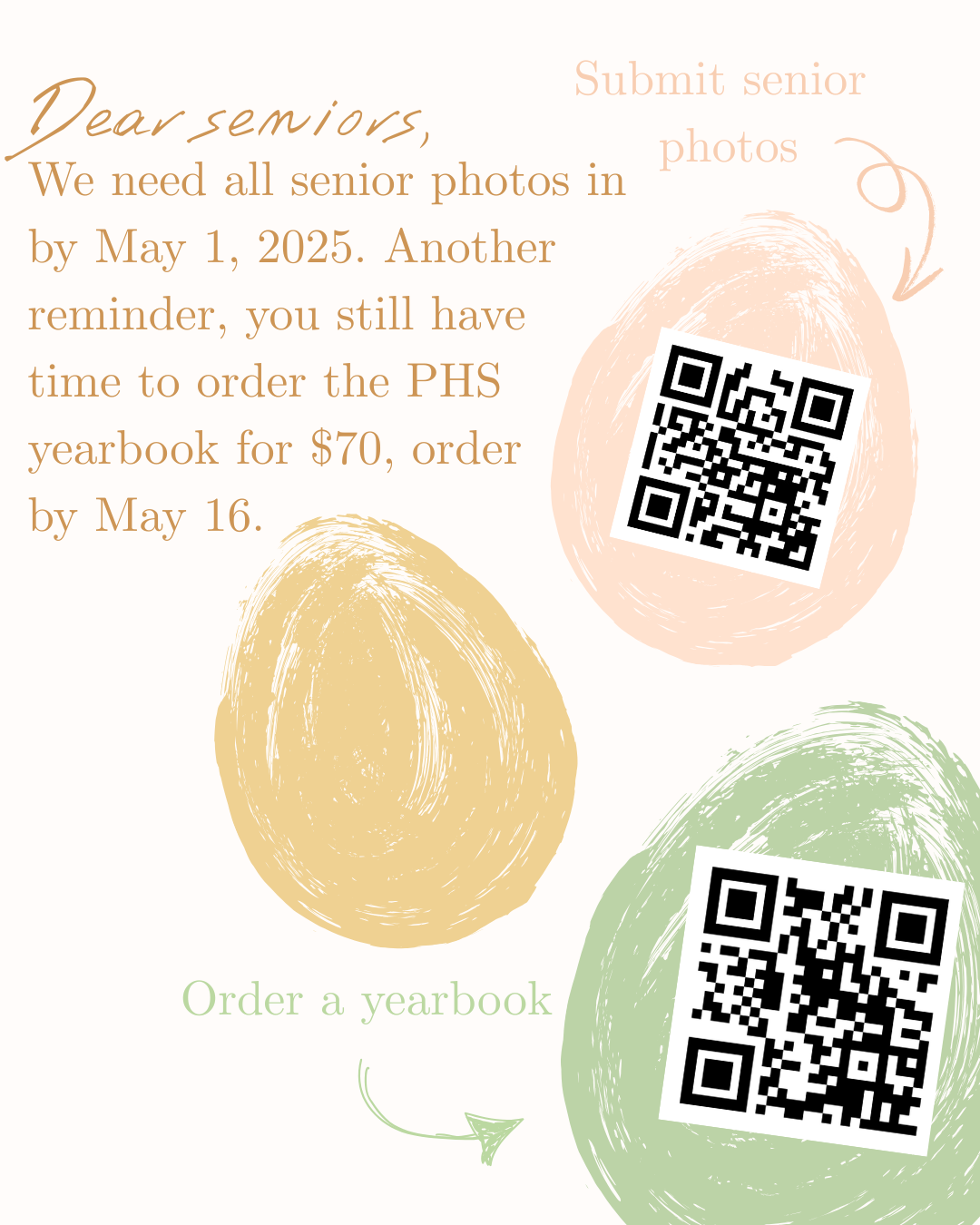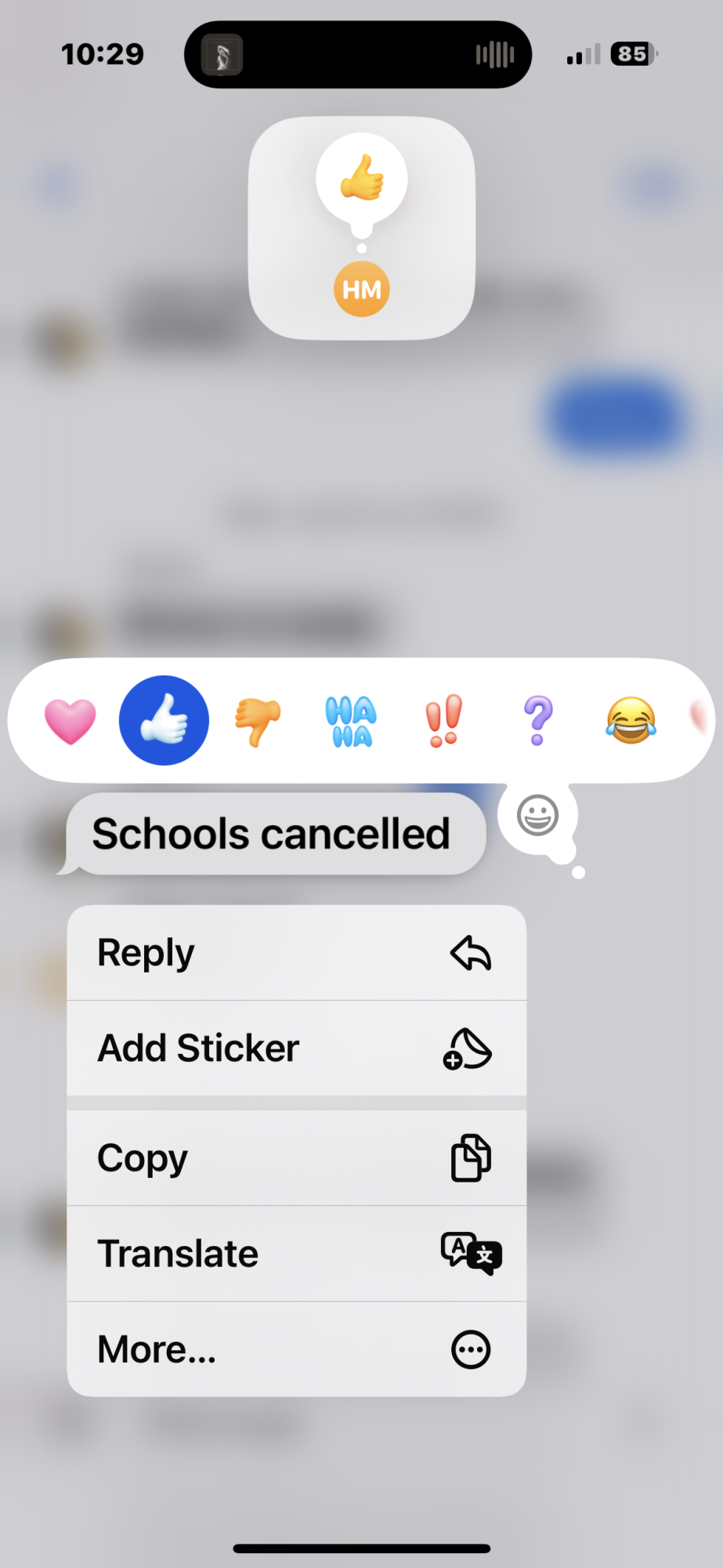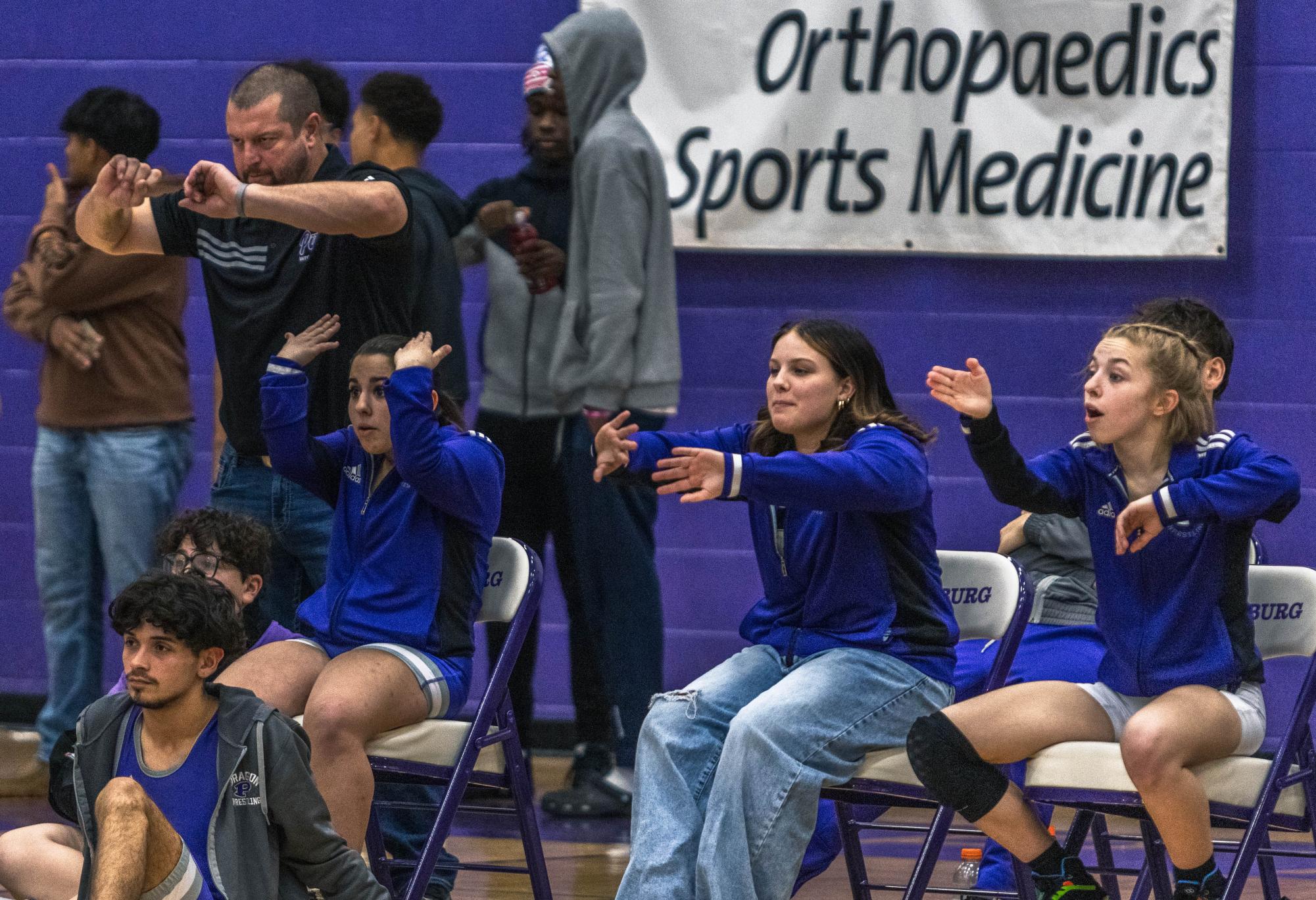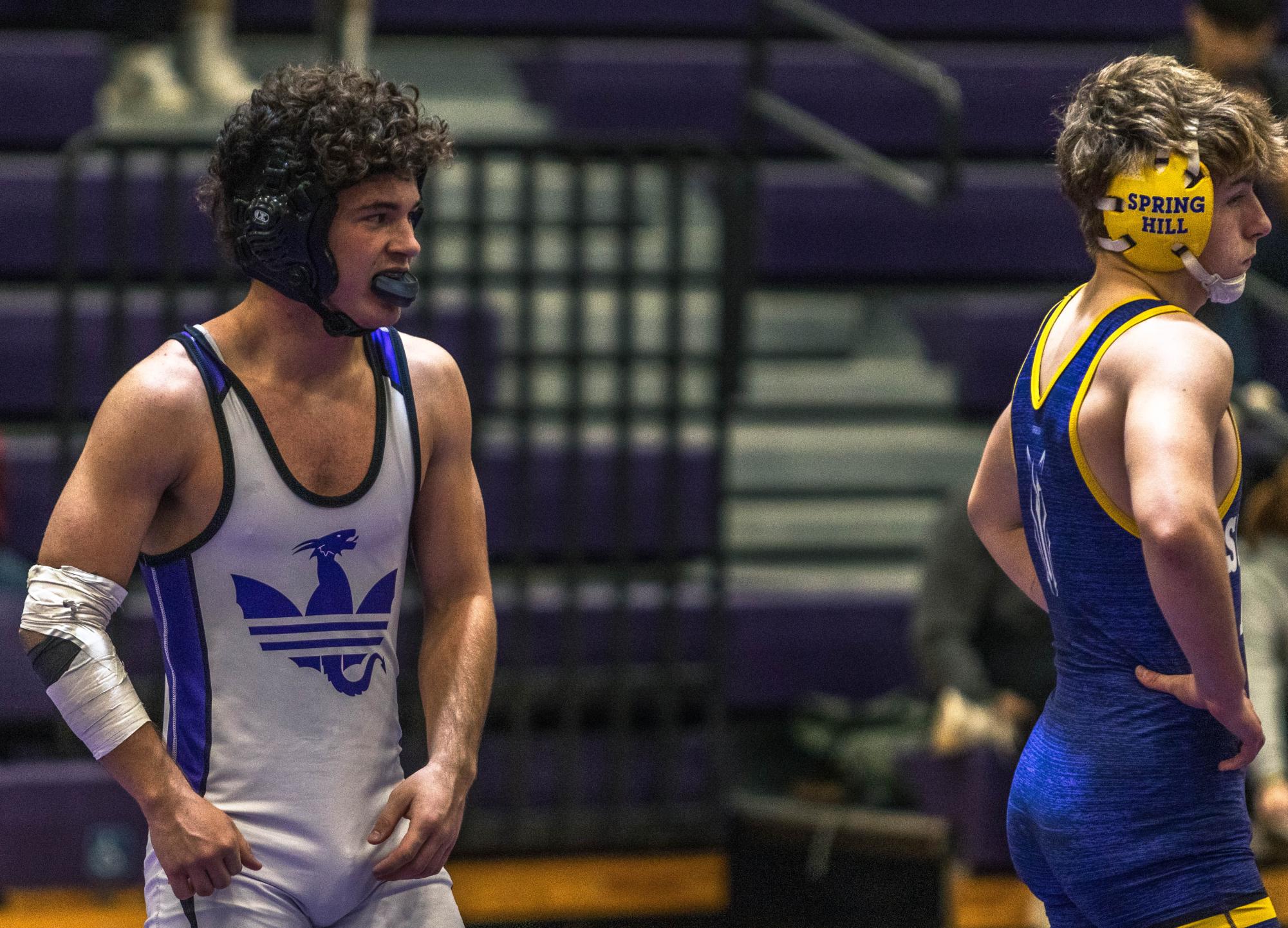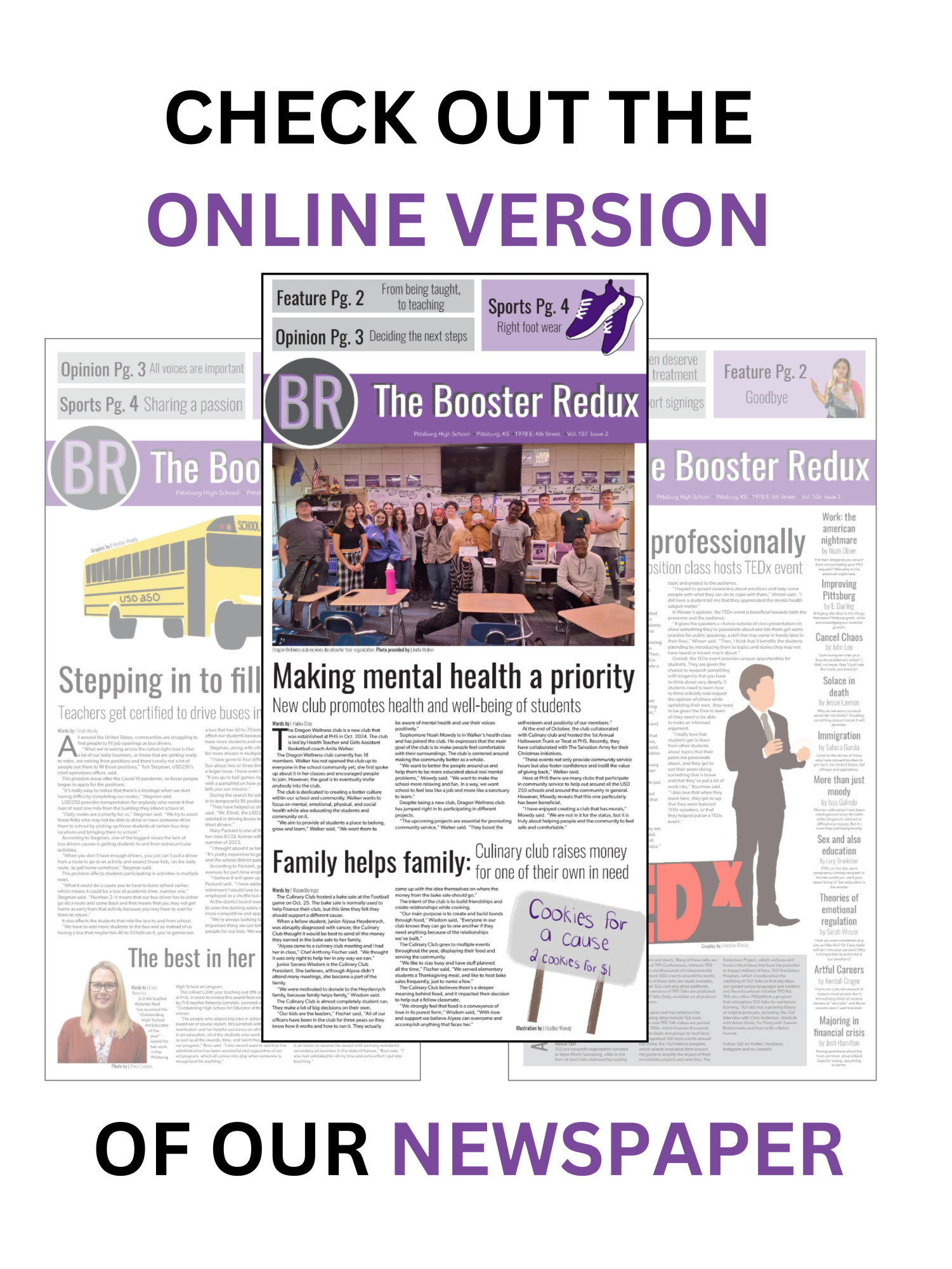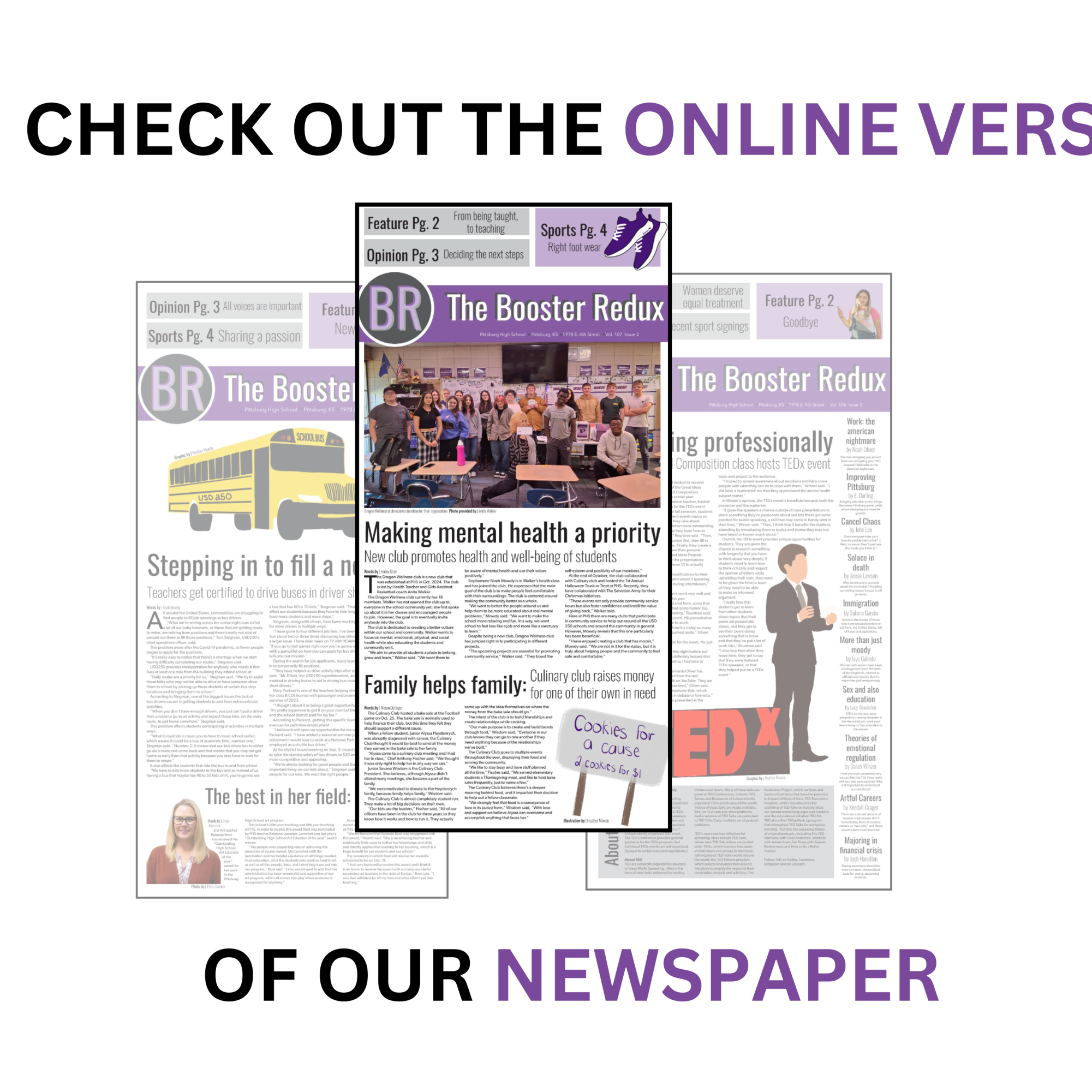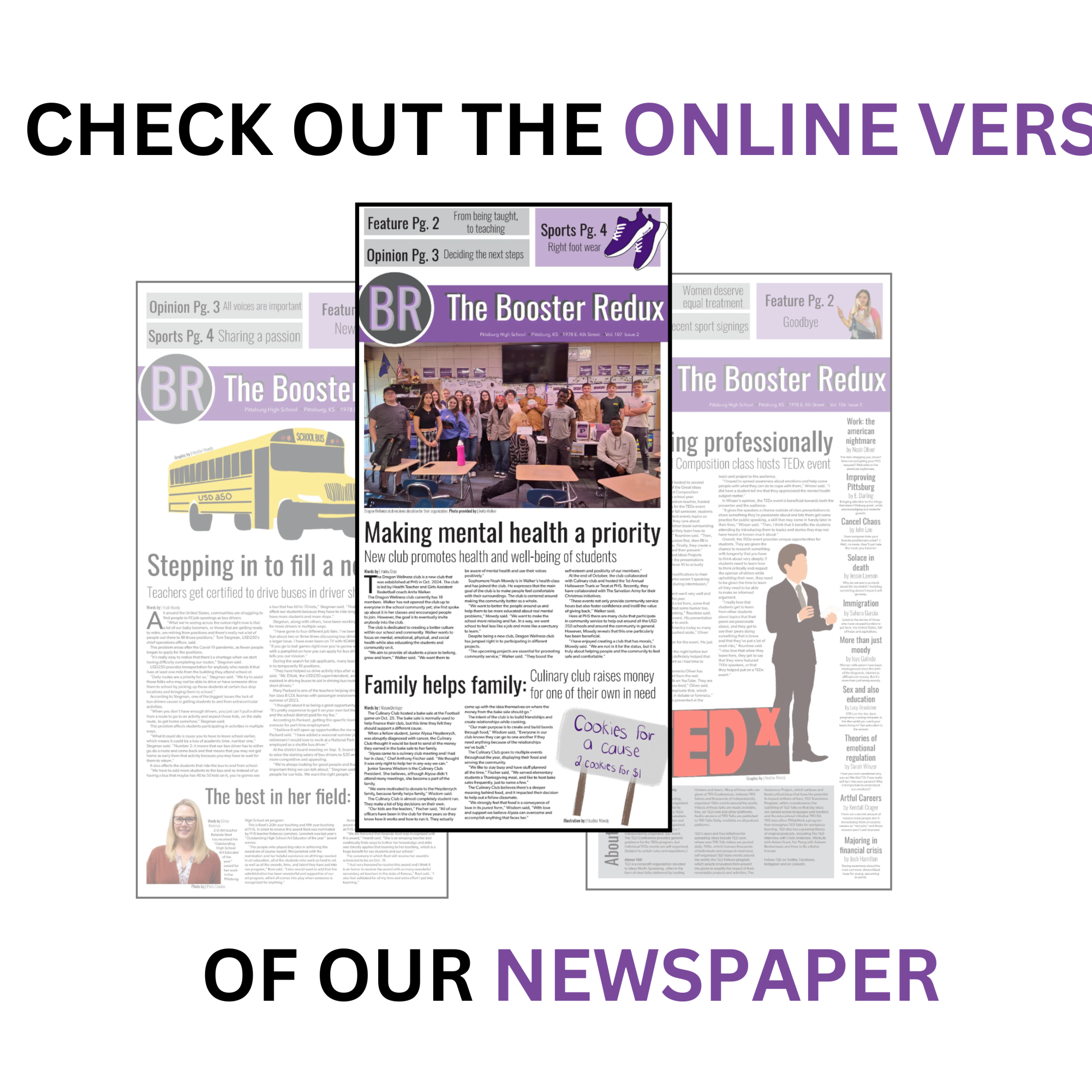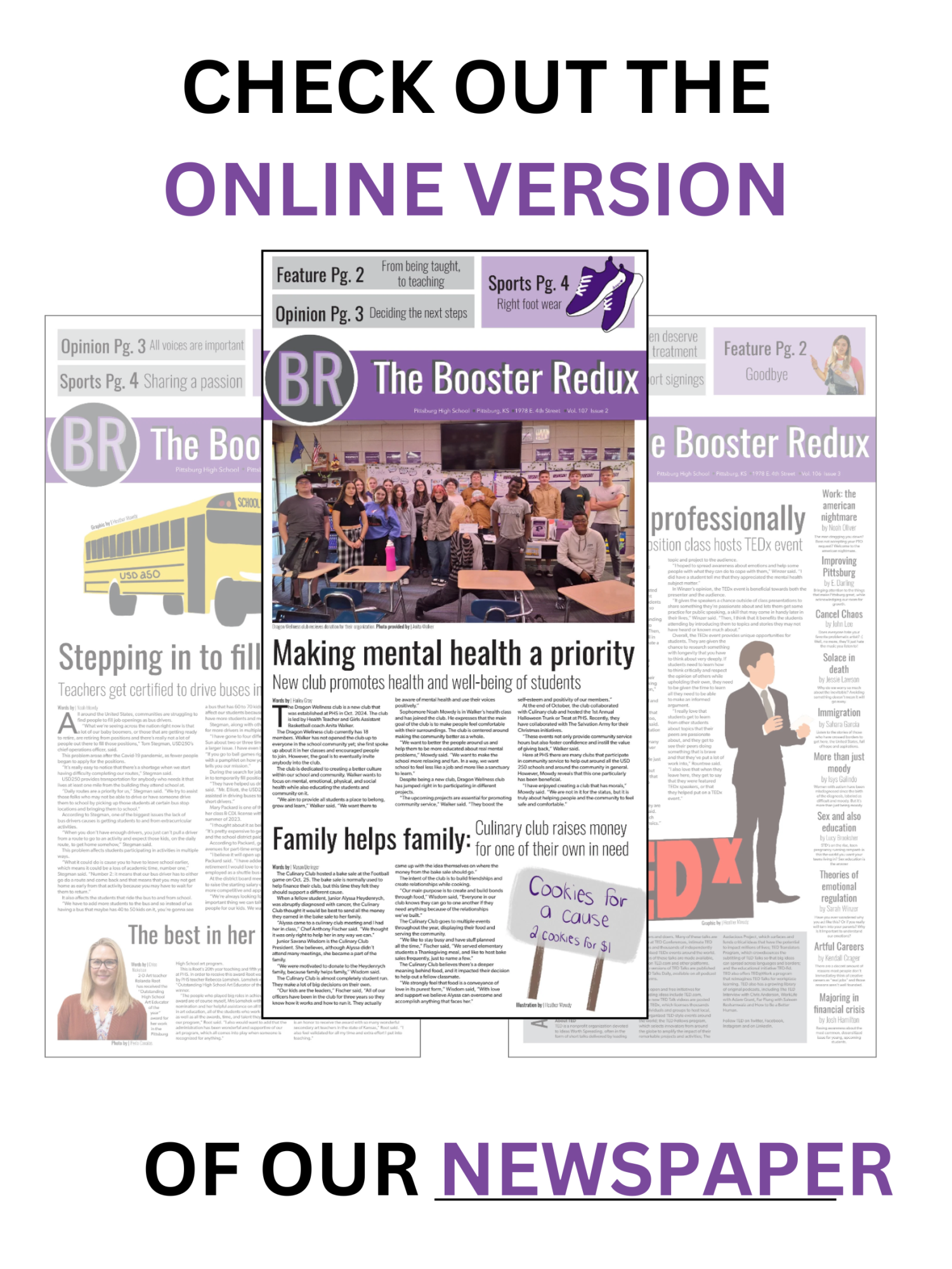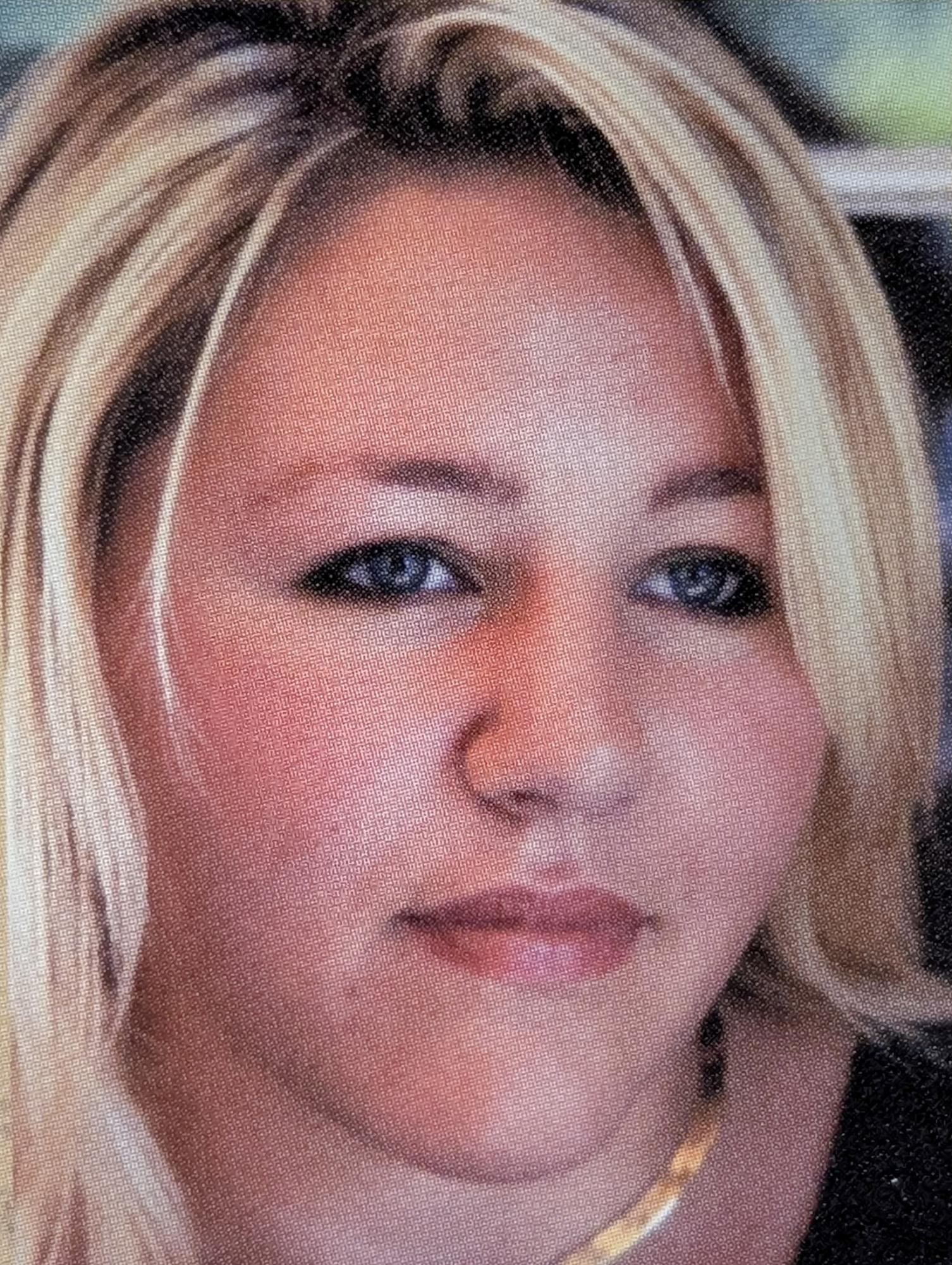Social media frenzy: students use apps to show support, start drama
February 11, 2020
In the last decade, social media has become more prevalent in society than ever. With a new generation of youth growing up in a technological world, social media reaps positive benefits but holds negative additions as well.
According to Cami Buckley, a student writer and researcher at Brigham Young University, the amount of screentime used among teenagers increased 62.5 percent since 2012, averaging to about 2.6 hours a day in 2019.
Sophomore Cheyanne Hunt says she spends about five hours on her device daily. Hunt believes she uses her screen time and her time on social media in a beneficial way.
“[Social media] helps me talk to people, get to know people, and help people,” Hunt says. “It’s positive because people can talk to other people and reach out.”
The International Journal of Computer Applications in Technology and Research reports that social media helps teens stay connected with each other and allows them to find support online that they may lack in traditional relationships.
Counselor Steph Loveland believes that social media provides a new way of communication and provides this support among teenagers.
“When somebody [is] in need, you can rally around a person so quickly,” Loveland said. “People can show up with support, encouragement, prayer, whatever it might be for you immediately.”
Although social media has allowed teenagers to reach out and stay connected, there are several negative implications that come with hours of staring at a screen; especially on social media.
While social media mainly carves a new path of communication for Hunt, she has also discovered downsides of social networking.
“I feel like I use it too much and I don’t get enough family time,” Hunt said. “I feel like I’m just always on my phone.”
According to recover.org, an addiction to social media can cause one to withdraw from family activities and conversations. The amount of time spent on social media away from family and friends correlates with the increase in depression and anxiety among teenagers in this generation.
However, time spent on social media causing mental health issues is not always the case.
Research done by Sarah Coyn, a professor of family life at Brigham Young University, shows that rather than the hours of time staring at a screen, the way teenagers utilize social media has a more direct correlation with mental health issues.
Loveland deals with conflict among her students on social media platforms every week. She sees new ways of connection and communication as positive benefits of social media, but she has also seen negative outcomes of those qualities in her office.
“The thing that always scares me about social media is that people can say things and can communicate things that they maybe wouldn’t face to face,” Loveland said. “We see negative implications often of people communicating things that are unkind or unnecessary.”
Studies, such as the Canadian Journal of Psychiatry, report that negative uses of social media by teens has been a major cause in the increase of depression and anxiety.
When it comes to mental health, lack of human connection is what Loveland believes is causing such an impact. Loveland says it is social media that is leaving people feeling less connected because time is less spent face to face.
“That’s the biggest impact we see as counselors,” Loveland said. “The more people tell us our phones can offer, the more we separate from each other, and that, unfortunately, will always have a significant impact on mental health.”
Loveland believes that, despite the negative implications, social media can be used for the better.
“We have to have these protected spaces in our lives where we say, ‘Okay, everybody, put your phones down,’ and just be together as humans and as people, then I think social media will always be able to be a positive thing,” Loveland said. “It’s up to us and if we can make a difference.”


